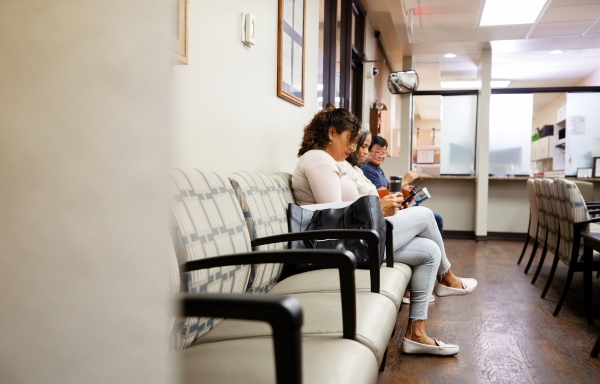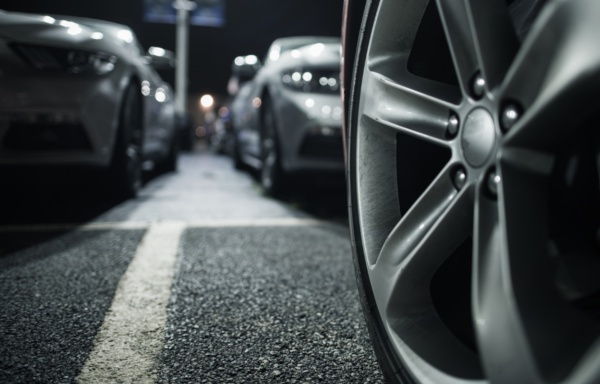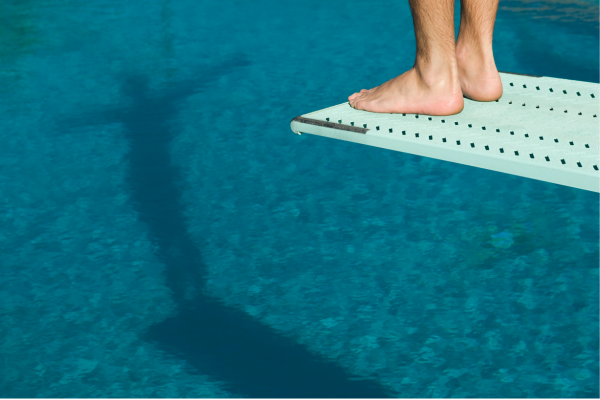Automated Bulk Anonymization of Healthcare Surveillance Video Evidence

In healthcare settings, surveillance cameras document occupancy levels, theft, workplace violence as well as patient and personnel behavior. They can also document theft, workplace violence, or other incidents that occur within the boundaries of the healthcare facility itself. However, when it comes to using videos recorded by a healthcare facility’s surveillance system for litigation, certain precautions must be taken to adhere to the guidelines set forth in the Health Insurance Portability and Accountability Act of 1996 (HIPAA).
The HIPAA Privacy Rule requires the protection of patient health information, otherwise known as PHI. Extensive redaction efforts are necessary to protect PHI when video extracted from a healthcare facility’s surveillance system is to be presented as evidence in legal settings. It is important to redact the facial identities of anyone who is not subject to the litigation proceedings, such as other patients, visitors, or facility personnel.
Videos of interest to involved parties may span several hours or multiple days, and may include videos from multiple camera angles, exponentially increasing the total video data. As a result, it is possible that the relevant video data could consist of hundreds, if not thousands, of video files. Now, consider how video data consists of a series of images displayed at a certain rate. The total amount of image frames for a single video could be in the hundreds of thousands, if not millions.
To illustrate the magnitude of challenges that videos captured within healthcare settings present for adhering to HIPAA guidelines, imagine an incident has occurred in the waiting room area of a hospital. At 30 frames per second, eight one-hour video files from a typical workday would equal 864,000 individual image frames. If there are three surveillance cameras in the vicinity, this would multiple the number of frames three-fold, to almost 2.6 million images! Even without accounting for how many individuals were captured on video, passing through or moving around the waiting room area, redacting this amount of video data sounds like a monstrous endeavor.
The process of redacting facial identities in video, also known as anonymization, may involve methods such as obscuring or blurring. At DJS Associates, Inc., we leverage high-performance computing, Graphics Processing Unit (GPU) acceleration, Artificial Intelligence (AI), and automation to handle bulk anonymization of surveillance videos to protect PHI.
Depending on the original video quality, up to 99.9% of faces can be anonymized with automation, to ensure preservation of filenames and file folder structure, and AI facial detection, to achieve a very high level of accuracy. A semi-automated approach can be used if certain individuals need to be isolated from the anonymization process.
If your case requires bulk anonymization of videos, contact DJS Associates, Inc. to learn more about how we can help.
Laurence R. Penn, CFVT
Senior Forensic Animation / Video Specialist
View all articles by Laurence R. Penn, CFVT
